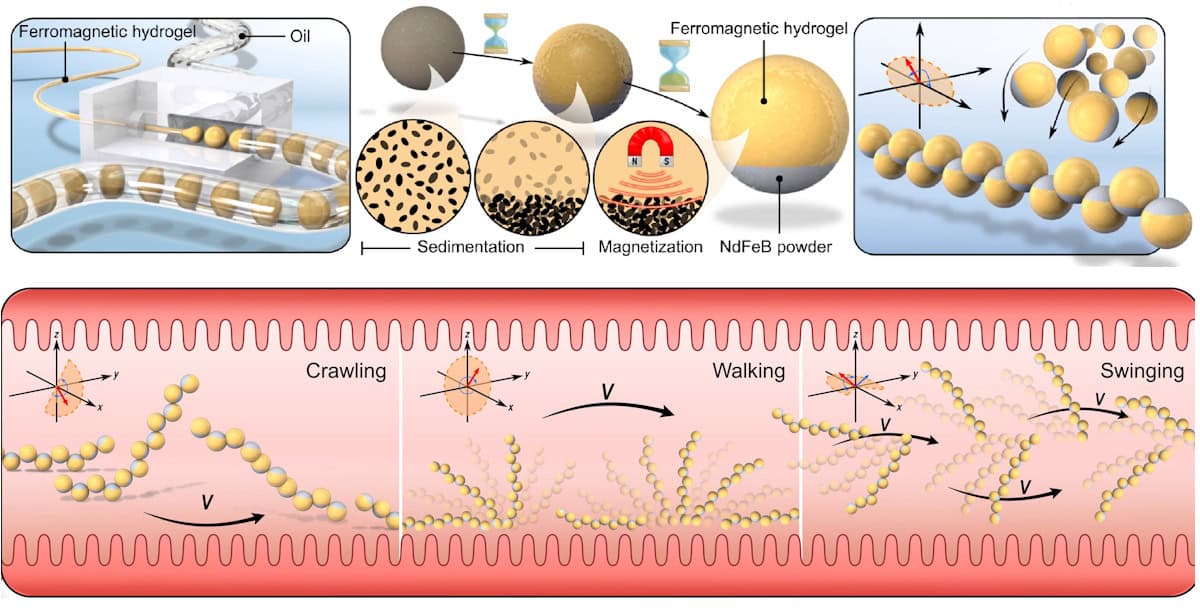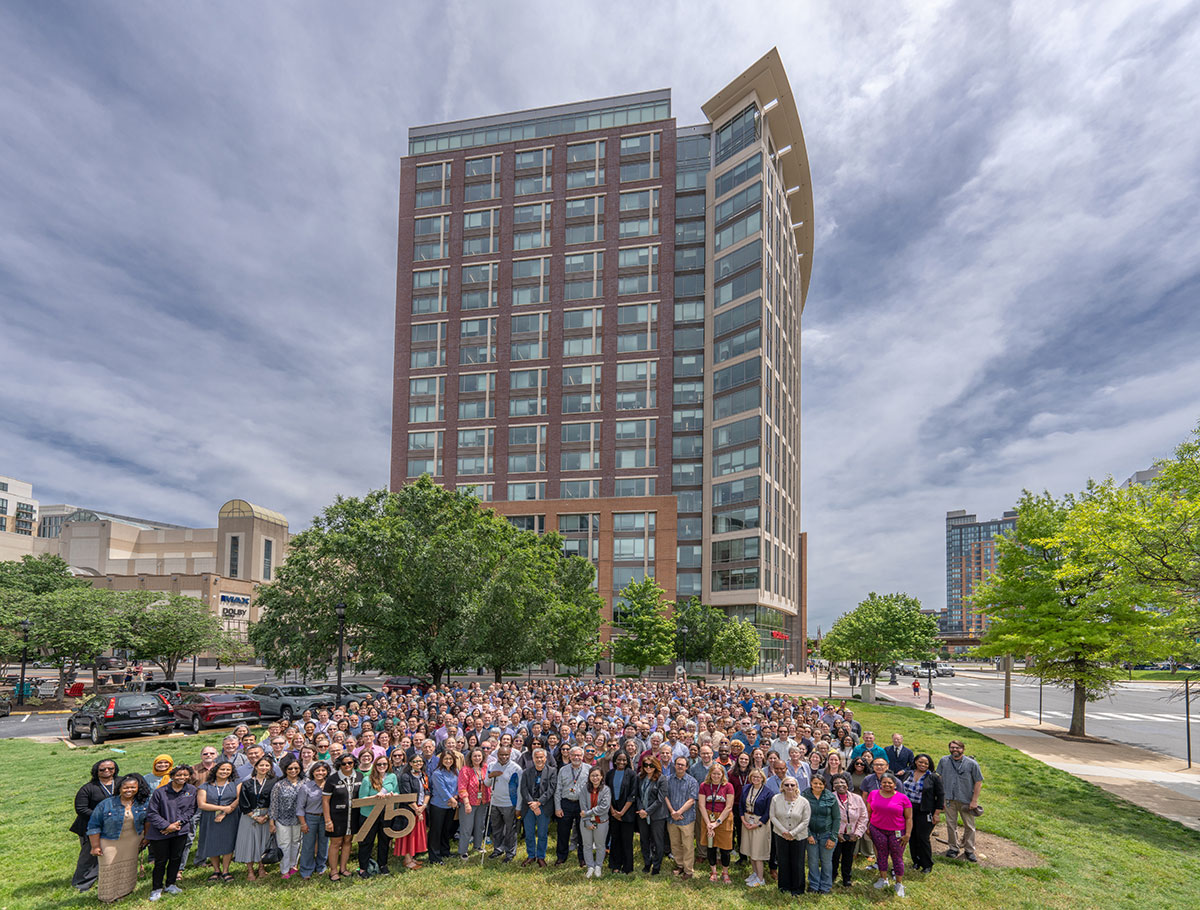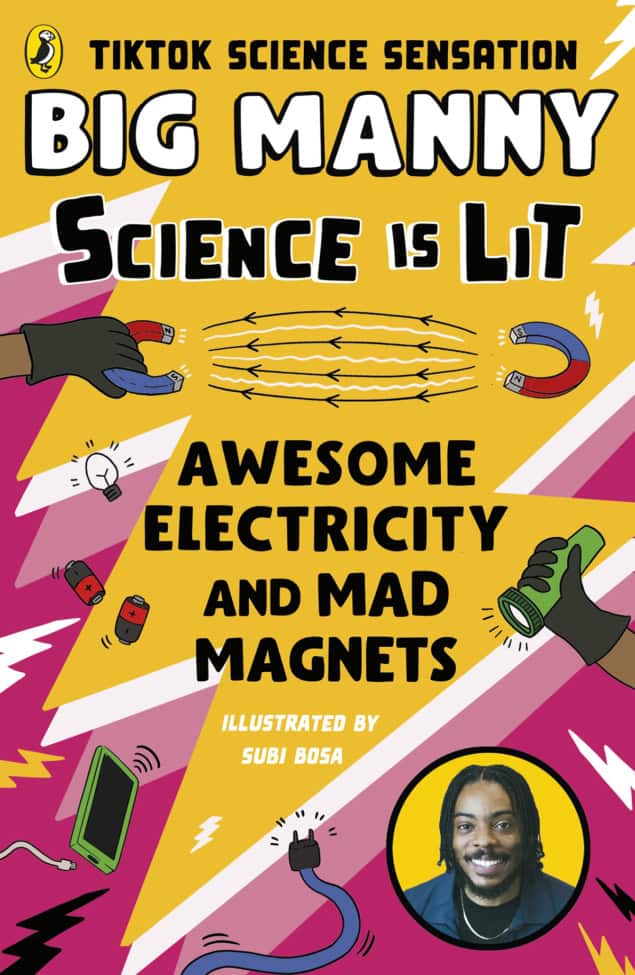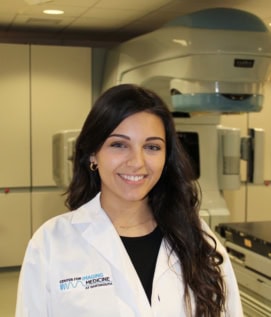Physics metaphors don’t work, or so I recently claimed. Metaphors always fail; they cut corners in reshaping our perception. But are certain physics metaphors defective simply because they cannot be experimentally confirmed? To illustrate this idea, I mentioned the famous metaphor for how the Higgs field gives particles mass, which is likened to fans mobbing – and slowing – celebrities as they walk across a room.
I know from actual experience that this is false. Having been within metres of filmmaker Spike Lee, composer Stephen Sondheim, and actors Mia Farrow and Denzel Washington, I’ve seen fans have many different reactions to the presence of nearby celebrities in motion. If the image were strictly true, I’d have to check which celebrities were about each morning to know what the hadronic mass would be that day.
I therefore invited Physics World readers to propose other potentially empirically defective physics metaphors, and received dozens of candidates. Technically, many are similes rather than metaphors, but most readers, and myself, use the two terms interchangeably. Some of these metaphors/similes were empirically confirmable and others not.
Shoes and socks
Michael Elliott, a retired physics lecturer from Oxford Polytechnic, mentioned a metaphor from Jakob Schwichtenberg’s book No-Nonsense Quantum Mechanics that used shoes and socks to explain the meaning of “commutation”. It makes no difference, Schwichtenberg wrote, if you put your left sock on first and then your right sock; in technical language the two operations are said to commute. However, it does make a difference which order you put your sock and shoe on.
“The ordering of the operations ‘putting shoes on’ and ‘putting socks on’ therefore matters,” Schwichtenberg had written, meaning that “the two operations do not commute.” Empirically verifiable, Elliott concluded triumphantly.
A metaphor that was used back in 1981 by CERN physicist John Bell in a paper addressed to colleagues requires more footgear and imagination. Bell’s friend and colleague Reinhold Bertlmann from the University of Vienna was a physicist who always wore mismatched socks, and in the essay “Bertlmann’s socks and the nature of reality” Bell explained the Einstein–Podolsky–Rosen (EPR) paradox and Bell’s theorem in terms of those socks.
If Bertlmann stepped into a room and an observer noticed that the sock on his first foot was pink, one could be sure the other was not-pink, illustrating the point of the EPR paper. Bell then suggested that, when put in the wash, pairs of socks and washing temperatures could behave analogously to particle pairs and magnet angles in a way that conveyed the significance of his theorem. Bell bolstered this conclusion with a scenario involving correlations between spikes of heart attacks in Lille and Lyon. I am fairly sure, however, that Bell never empirically tested this metaphor, and I wonder what the result would be.
Out in space, the favourite cosmology metaphor of astronomer and astrophysicist Michael Rowan-Robinson is the “standard candle” that’s used to describe astronomical objects of roughly fixed luminosity. Standard candles can be used to determine astronomical distances and are thus part of the “cosmological distance ladder” – Rowan-Robinson’s own metaphor – towards measuring the Hubble constant.
Retired computer programmer Ian Wadham, meanwhile, likes Einstein’s metaphor of being in a windowless spacecraft towed by an invisible being who gives the ship a constant acceleration. “It is impossible for you to tell whether you are standing in a gravitational field or being accelerated,” Wadham writes. Einstein used the metaphor effectively – even though, as an atheist, he was convinced that he would be unable to test it.
I was also intrigued by a comment from Dilwyn Jones, a consultant in materials science and engineering, who cited a metaphor from the 1939 book The Third Policeman by Irish novelist Flann O’Brien. Jones first came across O’Brien’s metaphor in Walter J Moore’s 1962 textbook Physical Chemistry. Atoms, says a character in O’Brien’s novel, are “never standing still or resting but spinning away and darting hither and thither and back again, all the time on the go”, adding that “they are as lively as twenty leprechauns doing a jig on top of a tombstone”.
But as Jones pointed out, that particular metaphor “can only be tested on the Emerald Isle”.
Often metaphors entertain as much as inform. Clare Byrne, who teaches at a high school in St Albans in the UK, tells her students that delocalized electrons are like stray dogs – “hanging around the atoms, but never belonging to any one in particular”. They could, however, she concedes “be easily persuaded to move fast in the direction of a nice steak”.
Giving metaphors legs
I ended my earlier column on metaphors by referring to poet Matthew Arnold’s fastidious correction of a description in his 1849 poem ”The Forsaken Merman”. After it was published, a friend pointed out to Arnold his mistaken use of the word “shuttle” rather than “spindle” when describing “the king of the sea’s forlorn wife at her spinning-wheel” as she lets the thing slip in her grief.
The next time the poem was published, Arnold went out of his way to correct this. Poets, evidently, find it imperative to be factual in metaphors, and I wondered, why shouldn’t scientists? The poet Kevin Pennington was outraged by my remark.
“Metaphors in poetry are not the same as metaphors used in science,” he insisted. “Science has one possible meaning for a metaphor. Poetry does not.” Poetic metaphors, he added are “modal”, having many possible interpretations at the same time – “kinda like particles can be in a superposition”.
I was dubious. “Superposition” suggests that poetic meanings are probabilistic, even arbitrary. But Arnold, I thought, was aiming at something specific when the king’s wife drops the spindle in “The Forsaken Merman”. After all, wouldn’t I be misreading the poem to imagine his wife thinking, “I’m having fun and in my excitement the thing slipped out of my hand!”
My Stony Brook colleague Elyse Graham, who is a professor of English, adapted a metaphor used by her former Yale professor Paul Fry. “A scientific image has four legs”, she said, “a poetic image three”. A scientific metaphor, in other words, is as stable as a four-legged table, structured to evoke a specific, shared understanding between author and reader.
A poetic metaphor, by contrast, is unstable, seeking to evoke a meaning that connects with the reader’s experiences and imagination, which can be different from the author’s within a certain domain of meaning. Graham pointed out, too, that the true metaphor in Arnold’s poem is not really the spinning wheel, the wife and the dropped spindle but the entirety of the poem itself, which is what Arnold used to evoke meaning in the reader.
That’s also the case with O’Brien’s atom-leprechaun metaphor. It shows up in the novel not to educate the reader about atomic theory but to invite a certain impression of the worldview of the science-happy character who speaks it.
The critical point
In his 2024 book Waves in an Impossible Sea: How Everyday Life Emerges from the Cosmic Ocean, physicist Matt Strassler coined the term “physics fib” or ”phib”. It refers to an attempted “short, memorable tale” that a physicist tells an interested non-physicist that amounts to “a compromise between giving no answer at all and giving a correct but incomprehensible one”.
The criterion for whether a metaphor succeeds or fails does not depend on whether it can pass empirical test, but on the interaction between speaker or author and audience; how much the former has to compromise depends on the audience’s interest and understanding of the subject. Metaphors are interactions. Byrne was addressing high-school students; Schwichtenberg was aiming at interested non-physicists; Bell was speaking to physics experts. Their effectiveness, to use one final metaphor, does not depend on empirical grounding but impedance matching; that is, they step down the “load” so that the “signal” will not be lost.
The post Leprechauns on tombstones: your favourite physics metaphors revealed appeared first on Physics World.











 This podcast is supported by
This podcast is supported by